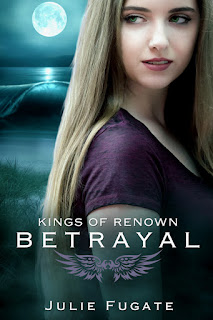Elevating your Elevator Pitch
Janice is covering for me this week, and since our meeting this month focuses on getting us ready for the ACFW Conference, her piece on elevator pitches is perfect!
You’re wrapping up
the best book you’ve ever written. It’s all you can think about.
You can’t wait to go to that next conference to meet with an editor
or agent. However, you realize that your face time will be brief. How
will you pitch your novel in a way that will garner the attention it
deserves? Simple. Start with a great elevator pitch.
The term “elevator
pitch” refers to a summary that can be delivered in the length of
time it would take to go from floor to floor in an elevator. Imagine
you’ve stepped into an elevator with the ideal editor for your
project. You’re on the first floor of the hotel. He presses the
button for the tenth floor. In the length of time you travel from the
first floor to the tenth floor, (approximately thirty seconds), you
can present him with a summary of your book that’s sure to wow him.
How, you ask? Well,
let’s peek into the world of movie summaries to find out. Think of
your favorite recent film. Something drew you to the theater to see
it, right? More often than not, it’s the movie’s elevator pitch
(plot summary or preview). Something in the movie’s promo materials
reached out and grabbed you—the plot, the characterization, the
premise, the theme. You were hooked. And that’s exactly what you
want with an editor or agent. In order to hook them, you’ve got to
start thinking of your pitch as your book’s promo piece.
Many writers—even
great ones—struggle to condense their story into a brief paragraph.
How do you go about it in a way that does justice to the story? Use
the Triple S Method: Study succinct summaries. Sign onto a site like
www.moviefone.com
and choose a movie, any movie. Next, click the word “Plot” and a
new page will open. On that page you will find a paragraph—usually
four or five sentences in length—that shares the movie’s
storyline. This is the blurb meant to woo you—the viewer—to the
theater. Study it. You will see that it contains:
a). A great hook (a
grabber)
b). A tight synopsis
(clear and to the point)
c). A high concept
(something that sets it apart from every other movie out there)
d). A relatable
moment (something compelling that speaks to people)
All of this is done
in about five or six clear, understandable sentences.
Now, imagine your
book is a movie. You’ve been given the task of writing a one
paragraph description for moviefone that will appeal to viewers. What
will you write? It’s got to have a great hook, but also has to tell
enough of the story to make the viewer sit up and take notice.
That’s the
ultimate goal, isn’t it? To make the editor sit up and take notice
of your book idea? He’s looking for writers with high concept ideas
who are personable, polished and prepared. So, hook him. Say it in as
few words as possible, and most of all . . . make him care.




Comments
Post a Comment